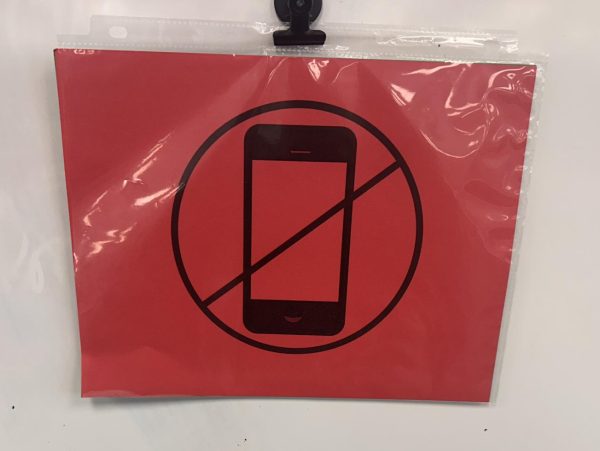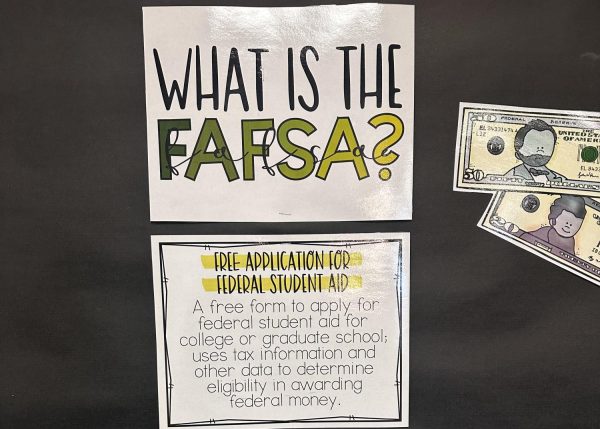Middle eastern conflicts cause raise in Indianapolis gas prices
Sophomore Jacob Tellas
January 12, 2016
On Sunday, Jan. 3, Saudi Arabia cut diplomatic relations with Iran over the protests that sparked at the Saudi embassy in Tehran, Iran after the Saudis killed 46 people, including Shiite cleric Nimr Baqr al-Nimr. These protests then led to gas prices rising in Indianapolis.
The protests led to high tensions between the two countries, eventually leading to the cutting of diplomatic ties. The cutting of diplomatic ties then led to the oil flow out of Saudi Arabia going down. When the oil flow went down, the Saudis started losing money. To make up for the money they were losing, instead of selling more oil, they just raised prices on the oil they were already selling.
The change in prices show though how our world is now deeply connected when it comes to the things we all need. The common equalizer that joins all civilizations together is the need for oil. When Saudi Arabia controls 22.1% of the Organization of the Petroleum Exporting Countries oil reserves, any conflict they have will start to affect the gas prices around the world. For example, Canadian gas prices were $3.69 on Jan. 3. On Jan. 7, four days after the protests, they shot up to $3.72.
Saudi Arabian Foreign Minister Adel Al-Jubeir informed the Iranian delegation that they had 48 hours to get out of Saudi Arabia, which means the end of diplomacy between the two countries. This quarrel might not mean much to people in the United States, but this does affect the oil industry. The oil industry then affects gas prices, which then affects those that drive.
One such person is sophomore Jacob Tellas. Tellas says that when he has to get gas, he gets a little annoyed when he sees prices rise.
“When gas goes up, I don’t want to waste any,” Tellas said. “I try to drive the speed limit and don’t step on the gas, I take my time. I don’t want to waste any.
On the day of the protests, gas in Indianapolis cost $1.88, according to gasbuddy.com. Just three days after the protests, on Jan. 6, they rose up to $1.95. Now, that might not seem like a lot, but gas going up seven cents when it was supposed to keep going down like it had been might be a precursor of what’s to come.








